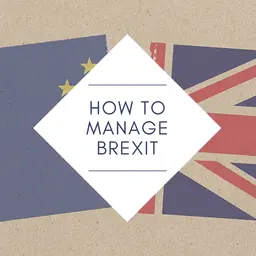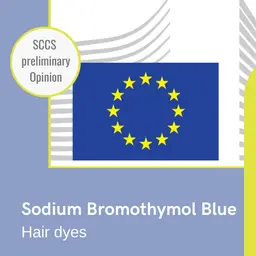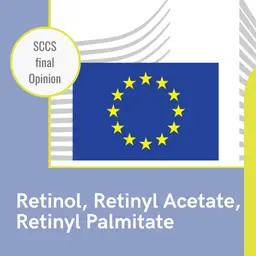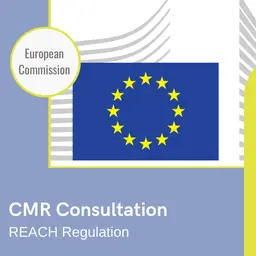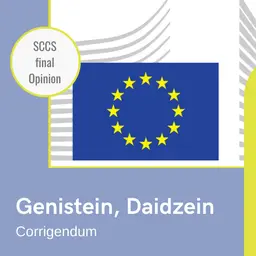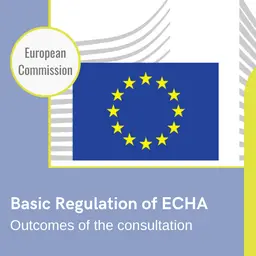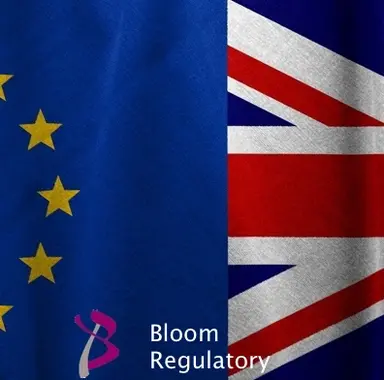
After many twists and turns, the Brexit is here. Multiple scenarios have been studied, but as of January 31, 2020, the United Kingdom is indeed leaving the European Union, with a transition period of one year. To have a better understanding of the situation, Hélène Orliac, Director of Economic, Environmental and International Affairs of the FEBEA and Olivia Santoni, Director of the consulting firm Bloom Regulatory, answered Cosmeticobs’ questions.
CosmeticOBS: By February 1, 2020, what’s going to happen?
Hélène Orliac: The withdrawal agreement having been ratified by the British and European parliaments, the United Kingdom will leave the Union on 31 January 2020 at midnight, and European Union law will cease to apply to the United Kingdom at the end of the transition period until 31 December 2020.
This transition period is provided for in the opt-out agreement and ensures that during the year 2020 nothing changes for individuals and businesses, in order to give everyone time to prepare for the implementation of the opt-out agreement and to anticipate the future relationship between the EU and the United Kingdom, which is still to be negotiated.
CosmeticOBS: What is the timetable for future deadlines?
HO : The withdrawal text that translates the Brexit agreement into law must be ratified by the European Parliament on January 29th, two days before the UK’s exit date from Europe (which should be a formality).
Then during the year 2020, negotiations will take place to agree on the future relationship, including the trade relationship, between the EU and the UK. The timetable is uncertain, and time is very short as these negotiations will have …

